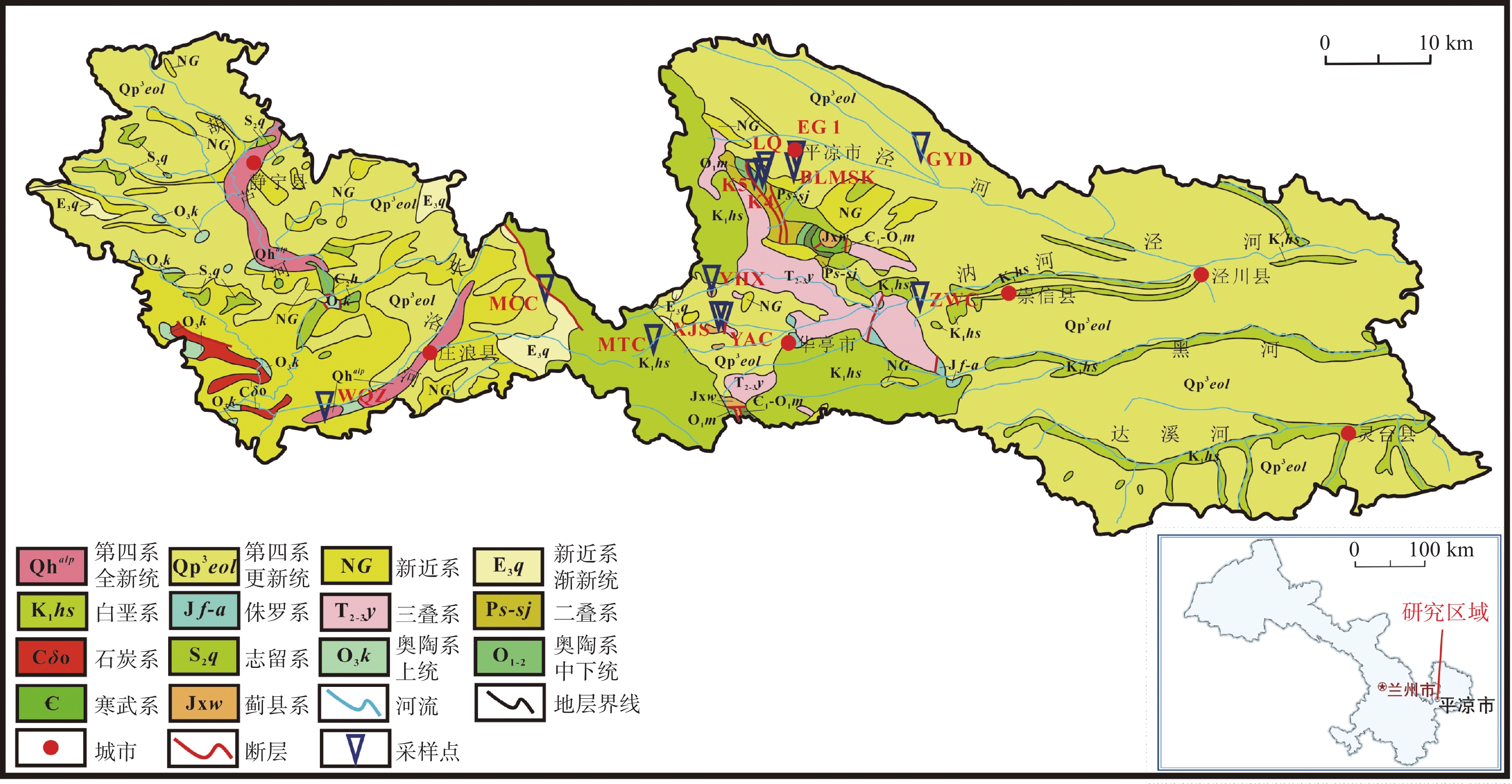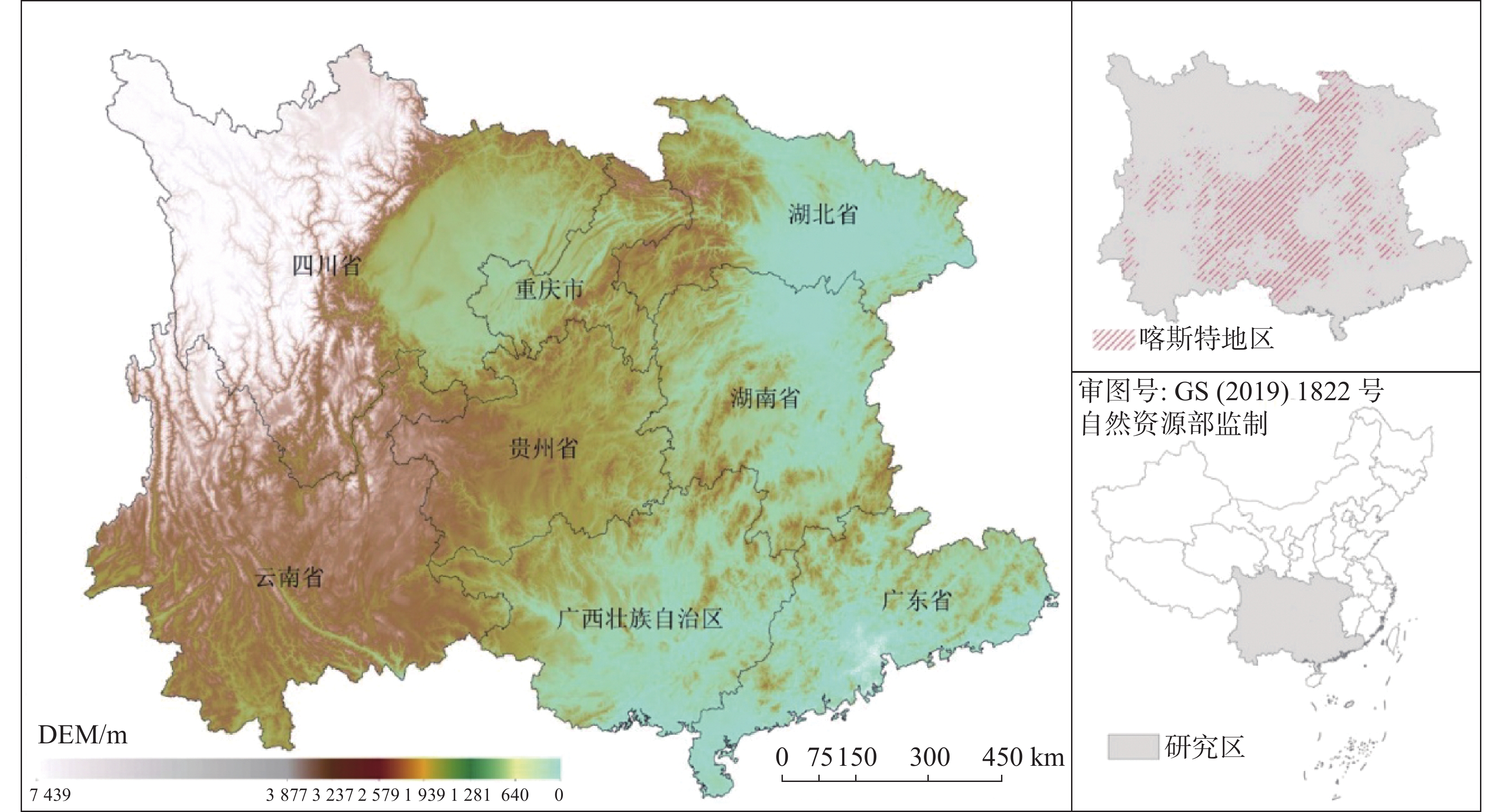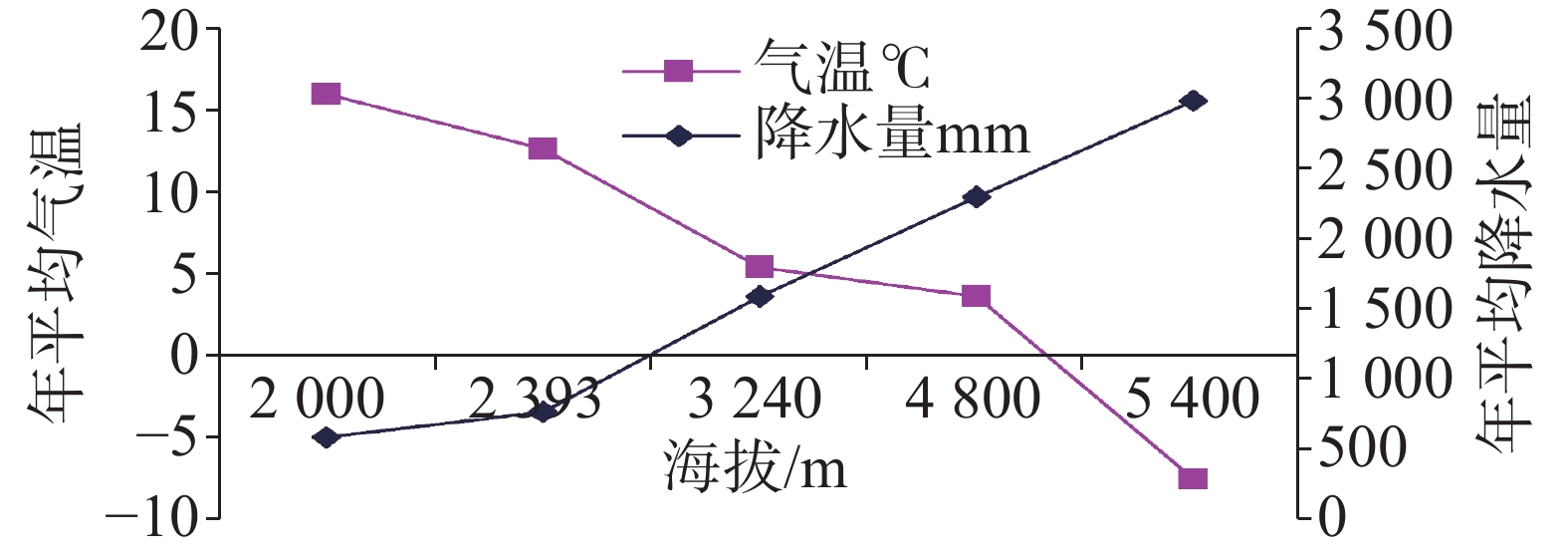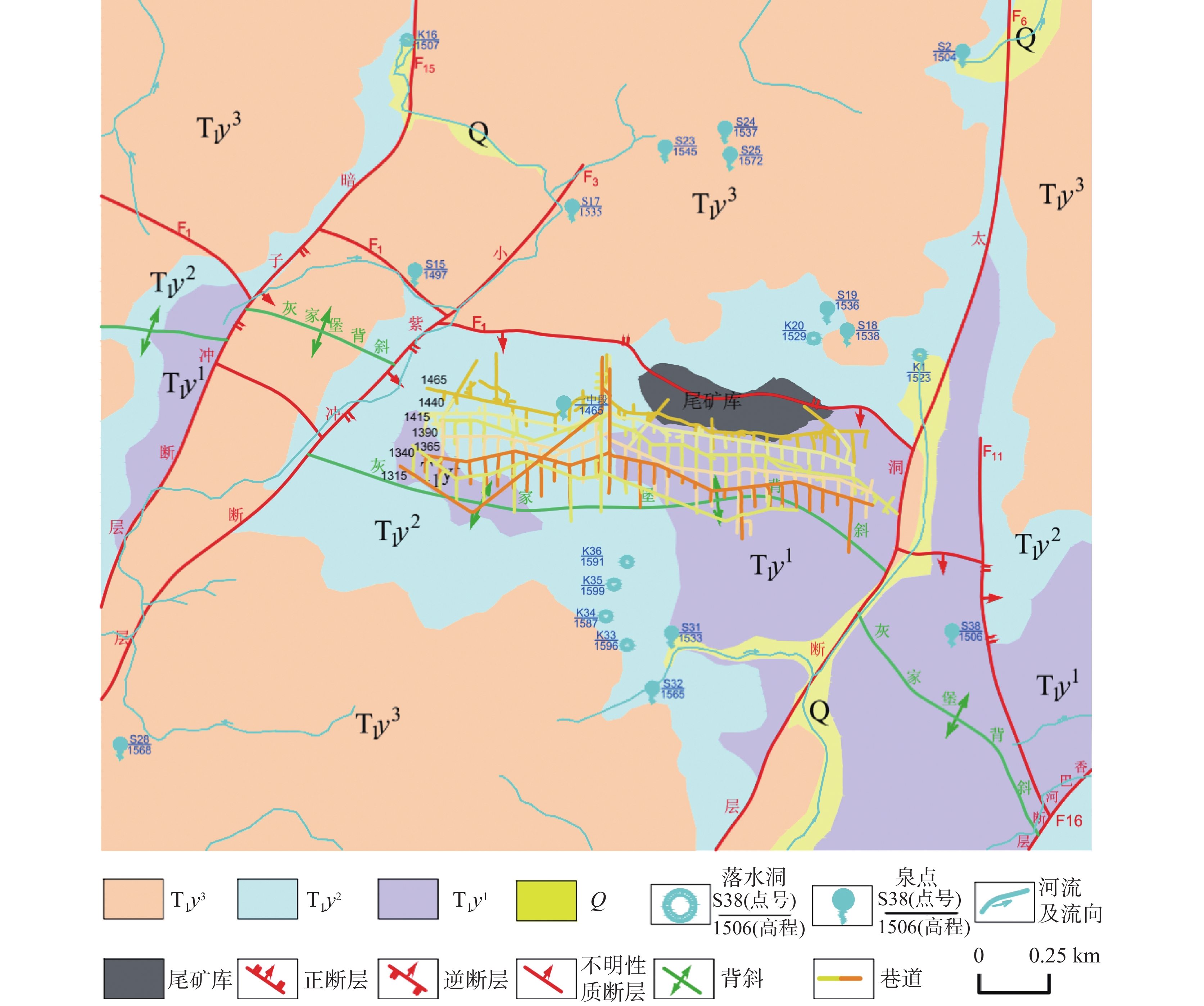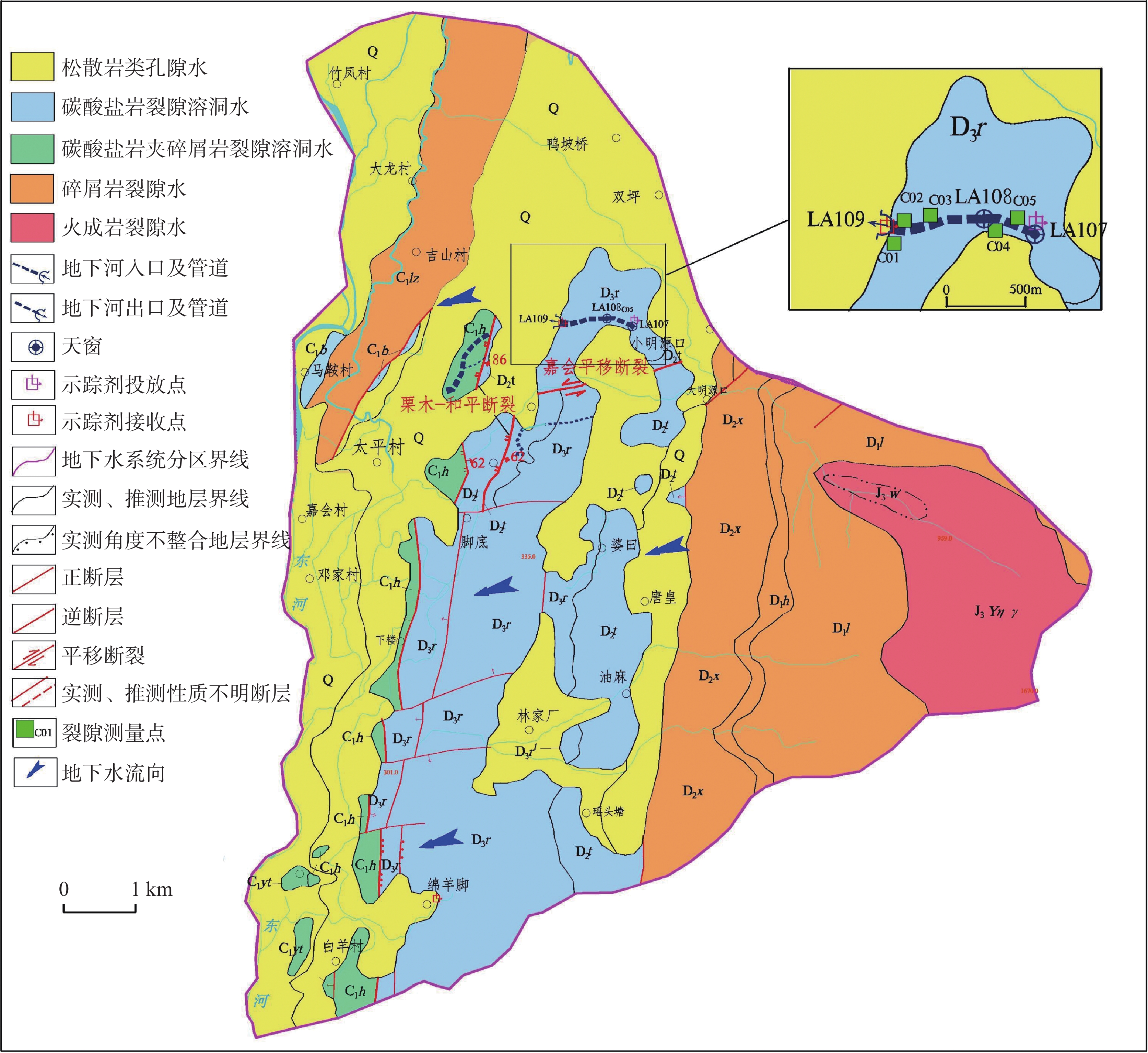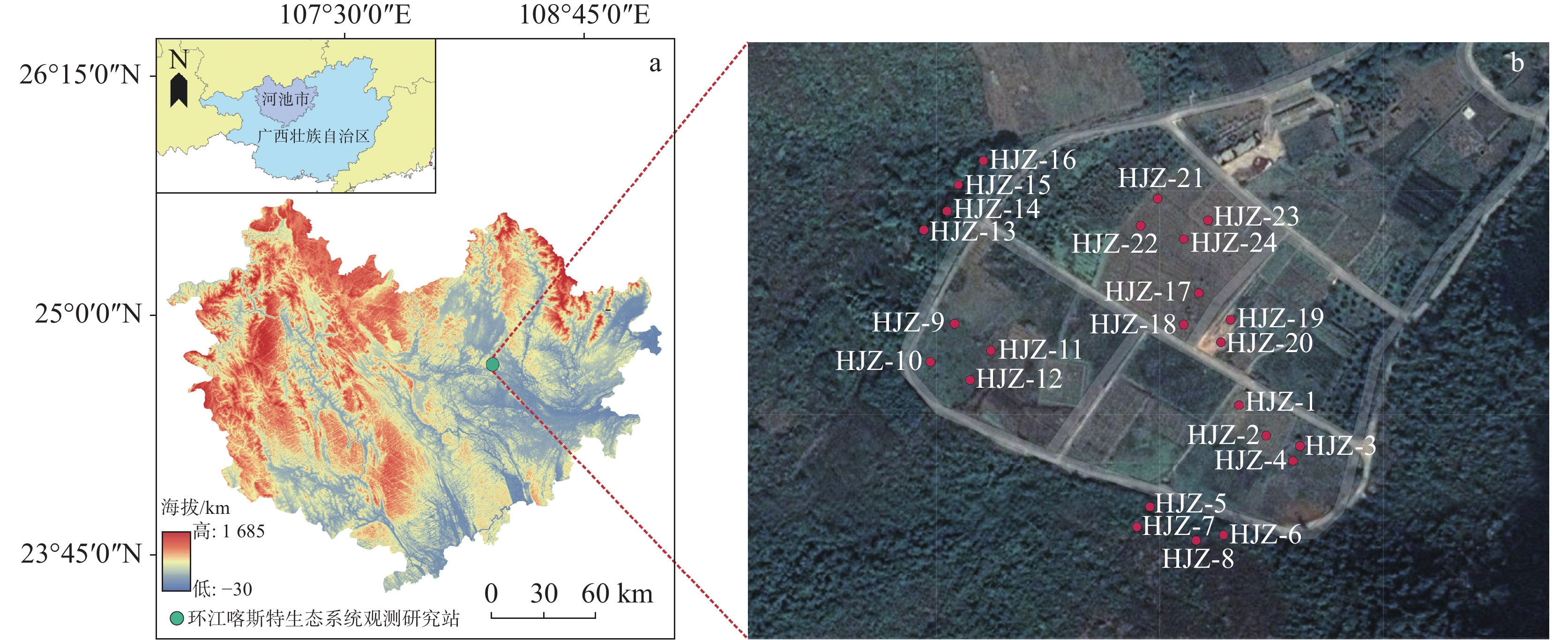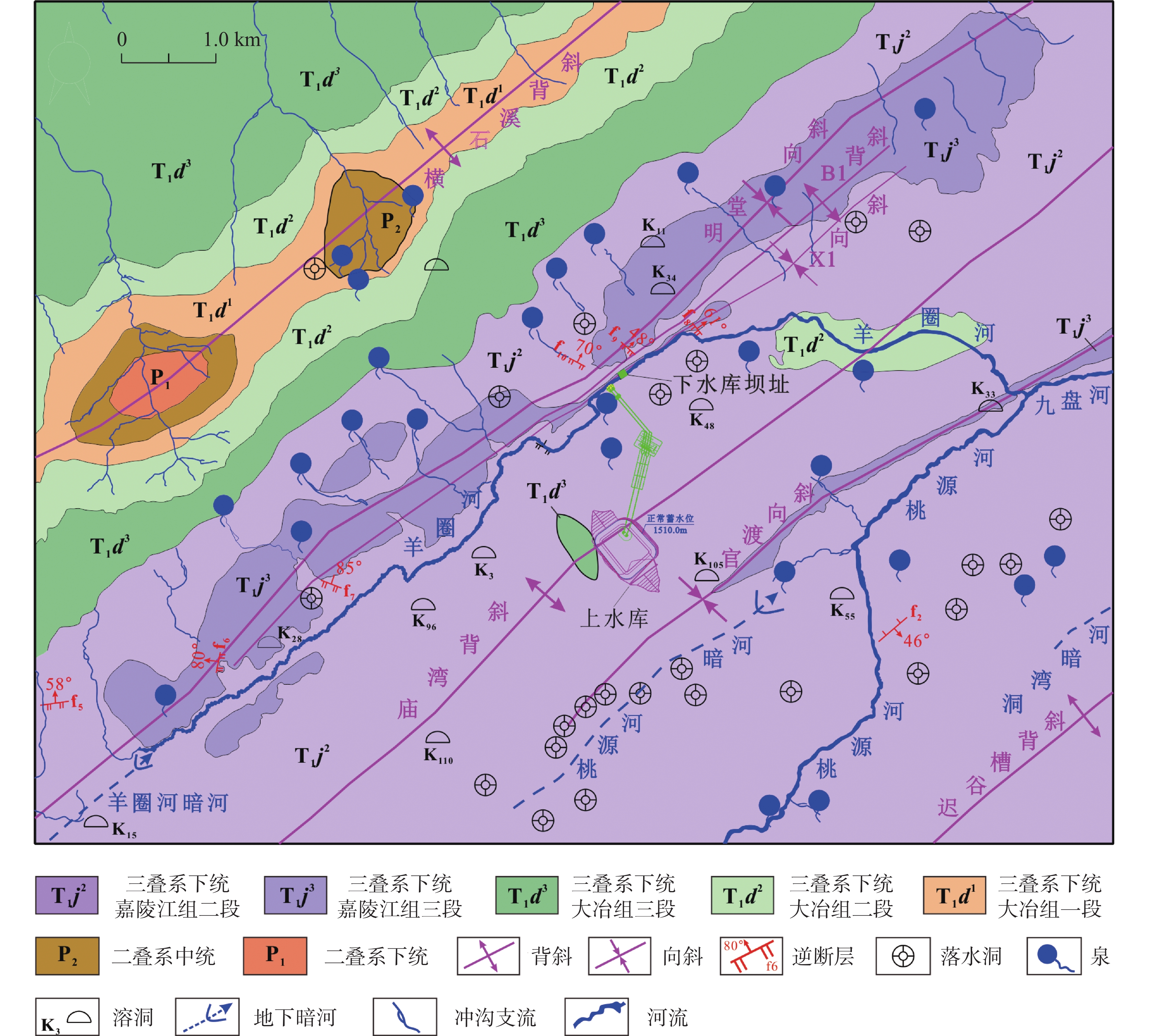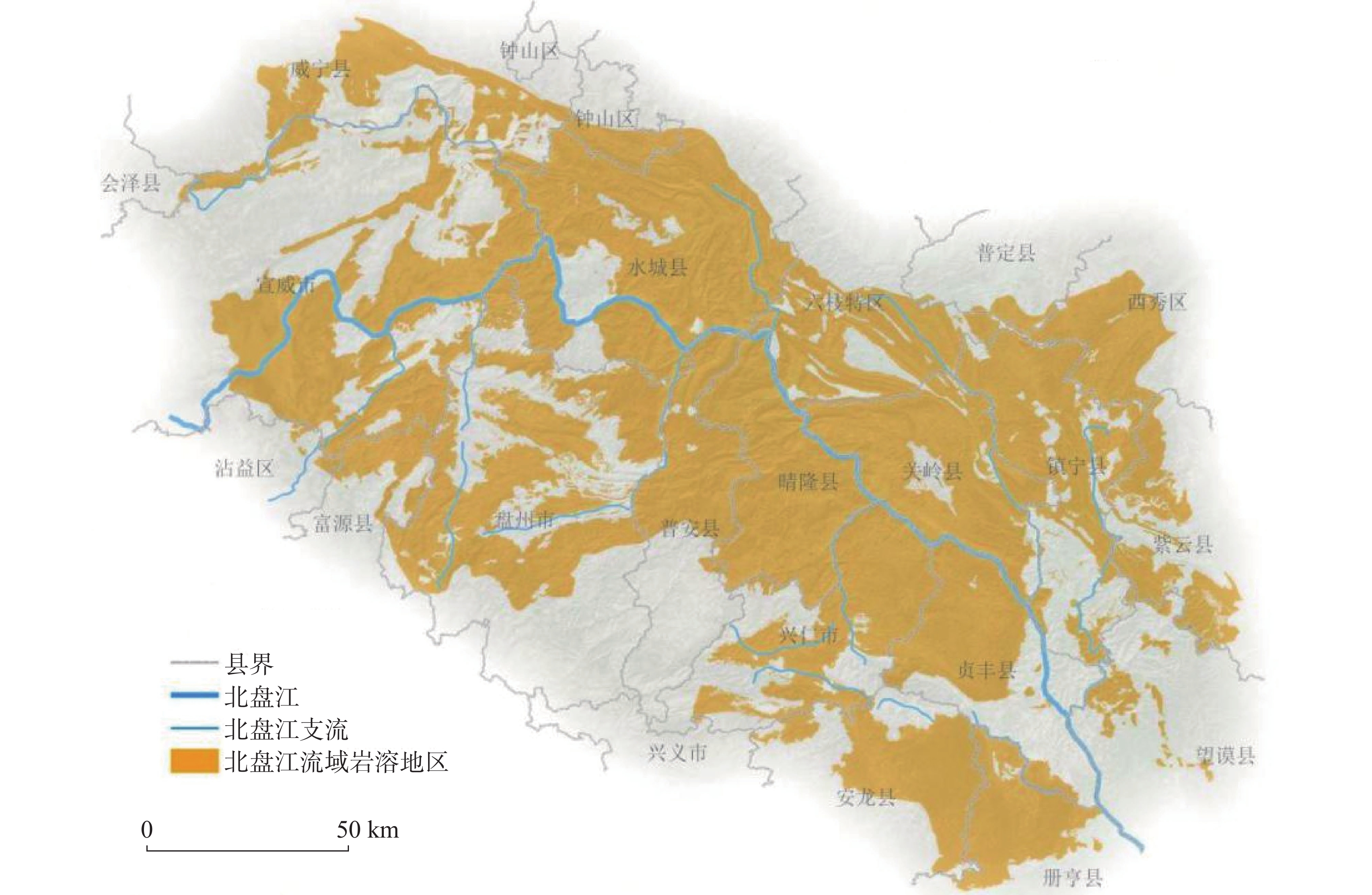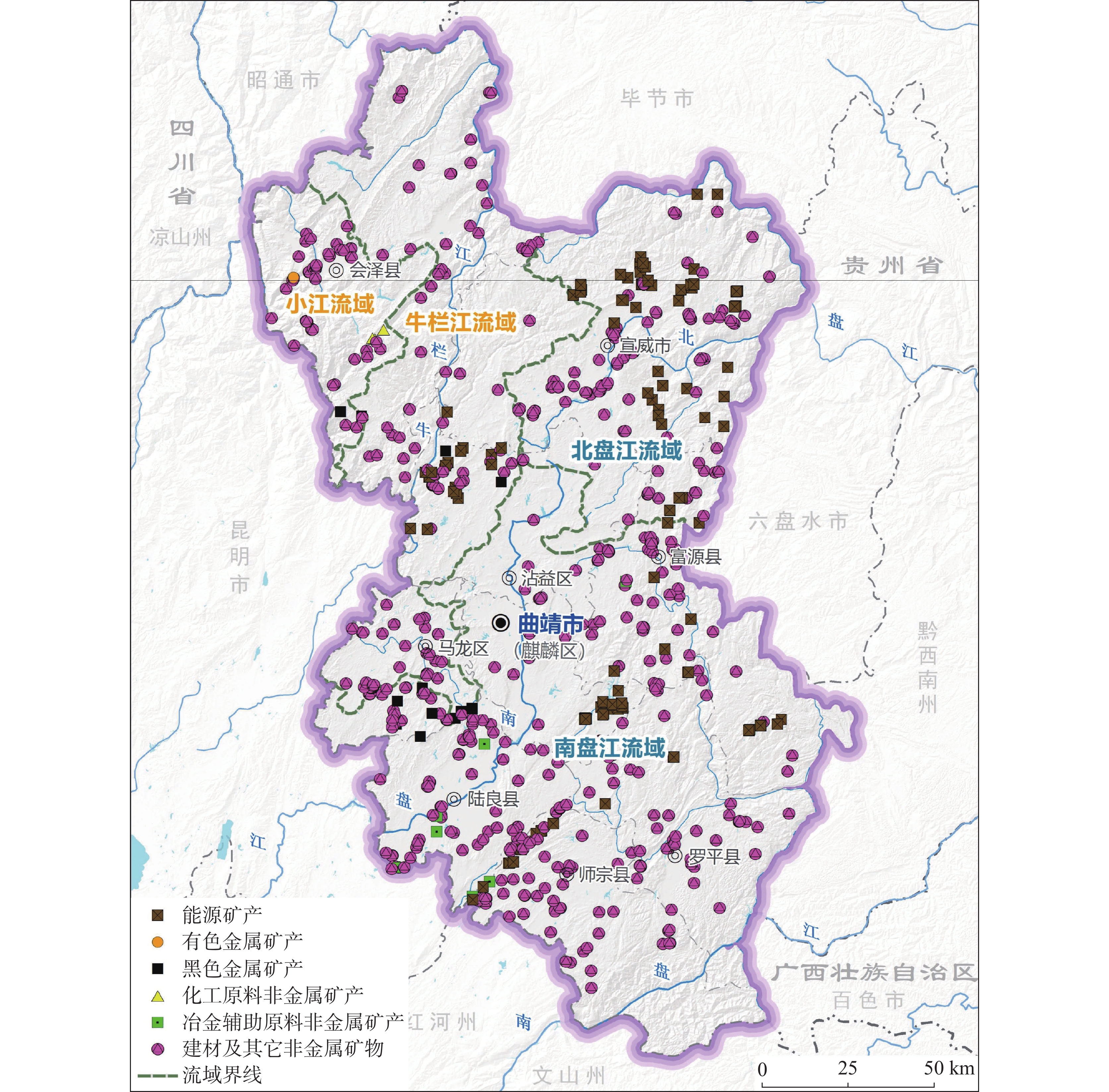Spatial and temporal variations of vegetation carbon sinks in southwest karst and non-karst regions and climate impact factors
Terrestrial ecosystems, as a core component of the global carbon cycle, play a crucial role in carbon source/sink dynamics, which are significant for mitigating climate change and formulating strategies on sustainable development. Karst ecosystems, characterized by unique geological features such as carbonate rock dissolution, shallow soil, and high ecological fragility, exhibit distinct carbon sequestration mechanisms compared to non-karst regions. The southwest region of China boasts the world’s largest contiguous karst area. Through rock weathering and vegetation restoration, the regional carbon sink capacity has been significantly enhanced. However, its carbon cycle is vulnerable to climate fluctuations and human activities. Although existing studies have focused on the carbon sink effect of karst ecosystems, the long-term spatiotemporal comparative analysis of carbon sources/sinks in karst and non-karst regions is still insufficient, and the influence mechanism of climate factors on carbon fluxes has not yet been fully clarified. In addition, the climate conditions associated with cloudy and rainy weather restrict the acquisition of traditional remote sensing data, thereby impeding the development of large-scale dynamic monitoring. Addressing these gaps is essential for optimizing ecological restoration strategies and advancing global carbon cycle models. Net Ecosystem Productivity (NEP), defined as the difference between Net Primary Productivity (NPP) and Heterotrophic respiration (Rh), serves as a key indicator for quantifying carbon sink/source dynamics. This study utilized the Google Earth Engine (GEE) platform and integrates MODIS MOD17A3HGF net primary productivity data, with a spatial resolution of 500 meters, spanning from 2003 to 2019, along with the ERA5-Land climate dataset, which included temperature and precipitation variables. The spatiotemporal evolution characteristics of vegetation carbon sources/sinks and their climatic driving factors in the karst and non-karst regions of Southwest China were systematically analyzed. All datasets were reprojected to the WGS_1984_UTM_Zone48N coordinate system and resampled to 500-meter resolution with the use of nearest-neighbor interpolation. The research methods include: (1) quantifying the carbon source/sink intensity through the NEP model, where soil Heterotrophic respiration (Rh) was estimated through an empirical formula incorporating temperature (T) and precipitation (R); (2) identifying the long-term trend of NEP by using Theil-Sen median slope estimation method and the Mann-Kendall significance test, and categorizing the results into nine significance levels; (3) analyzing the spatial heterogeneity of temperature and precipitation effects on NEP based on partial correlation analysis. Regions with p-values less than 0.05 were mapped to visualize spatial heterogeneity. The research findings show that: (1) From 2003 to 2019, the average annual NEP in the southwest region was 718.18 gC·m−2, showing a significant overall upward trend at a growth rate of 3.11 gC·(m−2·a)−1. Notably, the growth rate in the karst area was 4.27 gC·(m2·a)−1, significantly higher than the 2.76 gC·(m2·a)−1 observed in non-karst regions. (2) Carbon sink areas accounted for 99.994% of the total study area, while the carbon source areas (0.006%) were sparsely distributed, primarily in urbanized or high-altitude non-karst regions. (3) Spatially, NEP displayed a latitudinal gradient, decreasing from the tropical southern regions (e.g., Yunnan, Guangxi) to temperate northern zones. High NEP values (1,152.5 gC·m−2 to 1,920.84 gC·m−2) were correlated with dense forests and favorable hydrothermal conditions, whereas low values (<384.17 gC·m−2) were found in the alpine regions of Sichuan. Over 73% of the study area showed increasing NEP trends, concentrated in the Sichuan Basin and karst-dominated provinces such as Guizhou and Hunan. Declines (23.5%) were prominent in Xishuangbanna (Yunnan), where elevated temperatures intensified soil respiration. (4) Positive correlations between NEP and temperature dominated 86.89% of the regions, particularly in central karst zones where moderate warming enhanced photosynthesis. Negative correlations (13.11%) were localized in southern Yunnan, where excessive heat impaired enzymatic activity. Negative correlations prevailed in monsoon-dominated regions (e.g., Guangdong, 51.7%), where heavy rainfall exacerbated soil erosion and anthropogenic disturbances. Conversely, positive correlations (48.3%) occurred in arid karst hills (e.g., Guangxi), where precipitation alleviated water stress. This study combines high-resolution remote sensing data with climate models to reveal the spatial differentiation of carbon sink functions and their climate-driven mechanisms in the karst regions of Southwest China. It provides a scientific basis for regional ecological restoration policies, such as the management of rocky desertification. The integration of GEE and MODIS data enabled high-resolution, long-term monitoring of carbon fluxes in ecologically fragile karst landscapes, overcoming traditional limitations posed by cloud-contaminated imagery. Further research indicates that moderate warming can enhance the productivity of karst vegetation, whereas extreme high temperatures or heavy precipitation may suppress the carbon sink capacity. Future studies should incorporate factors such as land-use change and human interference to comprehensively assess carbon management strategies for fragile ecosystems and provide references for carbon cycle research in comparable karst landform regions worldwide.
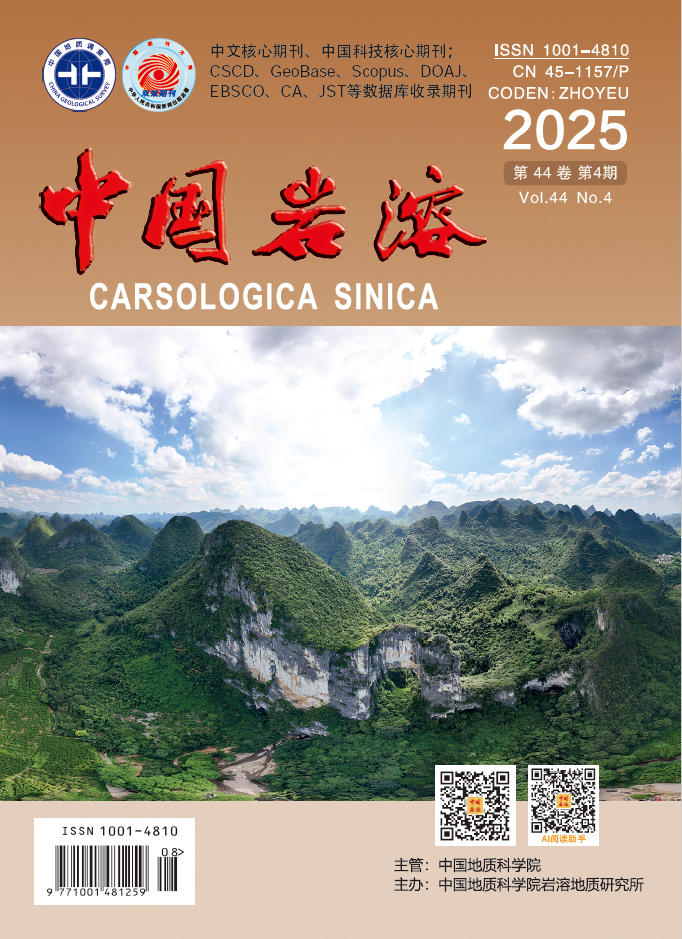
 Wechat
Wechat

